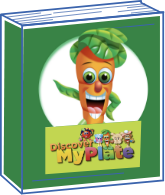
Libros que ayudan a fomentar una alimentación saludable para tu niño pequeño
- Home
- Live Well Blog
- Libros que ayudan a fomentar una alimentación saludable para tu niño pequeño
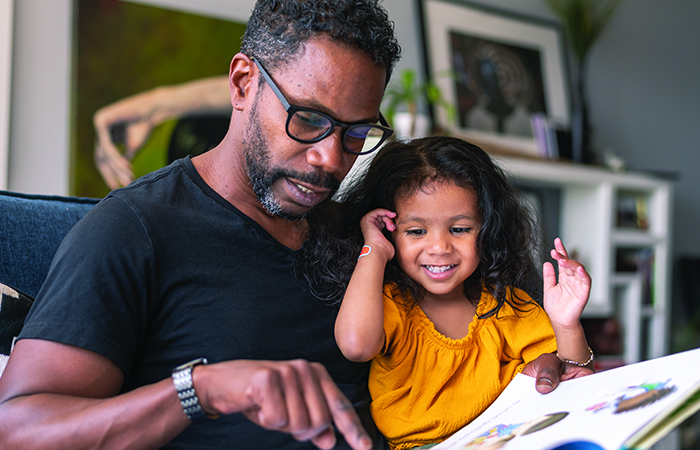
Una visita a la biblioteca local puede ser una forma divertida, saludable y educativa de hacer que a tu niño pequeño le entusiasme probar alimentos saludables. Hay muchos libros para niños que pueden fomentar hábitos alimenticios saludables. Estos son algunos ejemplos:
I Will Not Ever Never Eat A Tomato
de Lauren Child
(©2000, Candlewick Press)
Lola es quisquillosa con la comida hasta que su hermano mayor, Charlie, inventa nombres ingeniosos para las verduras y otros alimentos.
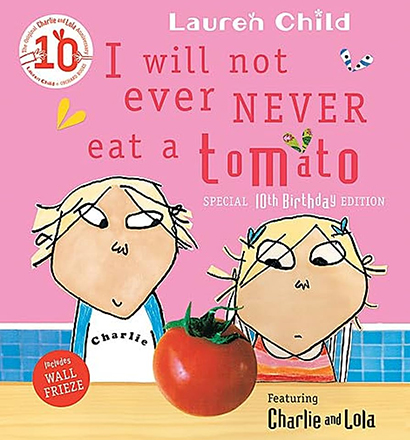
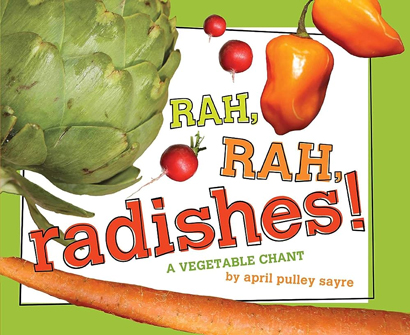


Rah, Rah Radishes!
(©2011, Beach Lane Books)
Go, Go, Grapes!
(©2012, Beach Lane Books)
Let’s go Nuts! Seeds we Eat
(©2013, Beach Lane Books)
Handa’s Surprise
de Eileen Browne
(©1999, Candlewick Press)
Se trata de un cuento precioso sobre una pequeña niña keniana que va rumbo a visitar a su amiga a una aldea cercana. En el camino, siete animales diferentes comen las siete variedades de fruta que lleva en la cabeza. A los niños les encanta ver las hermosas y coloridas ilustraciones y se deleitan con el sorpresivo giro al final de la historia.
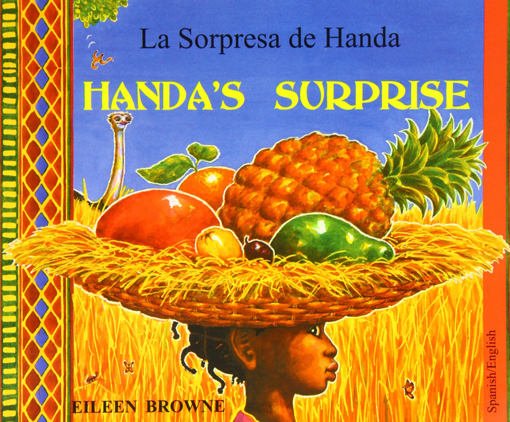
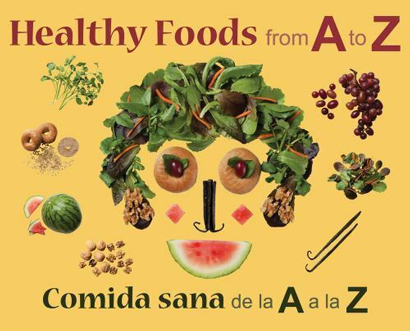
Healthy Foods from A to Z:
Comida sana de la A a la Z.
de Stephanie Maze y Renee Cornet
(©2012, Moonstone Press)
Este libro bilingüe de imágenes presenta coloridas y maravillosas fotografías de rostros hechos de frutas y verduras, granos, frutos secos y legumbres. También tienen actividades divertidas para hacer en el hogar.
Si no puedes ir a la biblioteca, también hay numerosos recursos en línea. Discover MyPlate tiene eBooks pequeños disponibles para descargar de forma gratuita:
https://www.fns.usda.gov/tn/discover-myplate-emergent-reader-mini-books.
Leer libros como estos con tu hijo le enseña que elegir comidas saludables es importante y que también puede ser muy divertido. Cuando tú le das prioridad a comer de forma saludable, tu hijo también lo hace.
